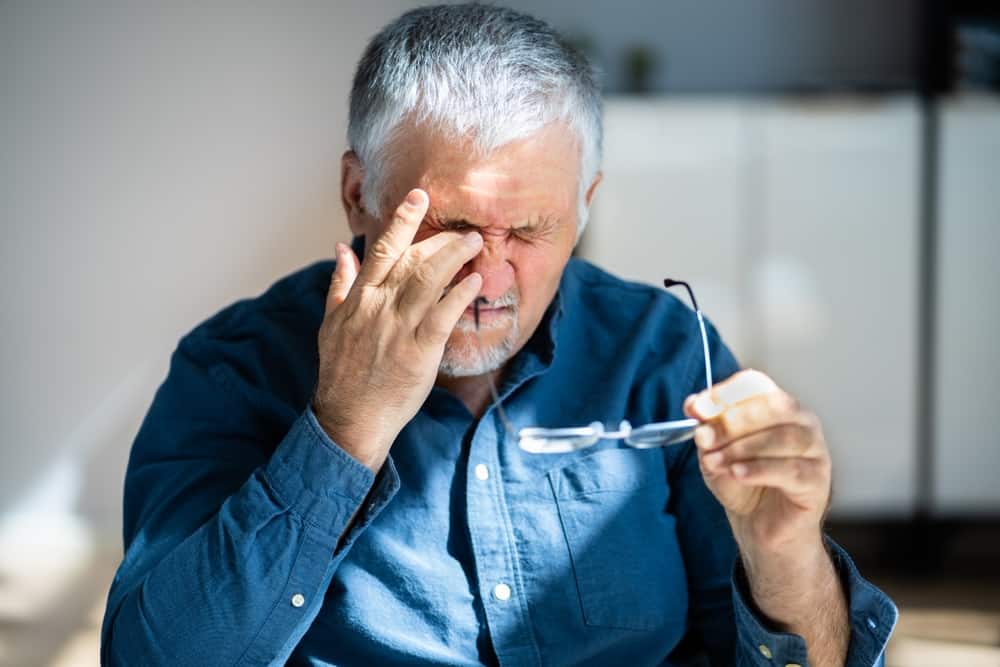During your last eye exam, you may remember your doctor utilizing a tool to measure your intraocular pressure and check for common eye issues that may raise the pressure in your eye. Gabriel G. Lazcano, MD, and Abraham Awad, OD, of Miami explain intraocular pressure and its role in maintaining the health of your eye.
What Is Intraocular Pressure?
Intraocular pressure is described as the pressure inside of your eye, specifically, the amount of force that the fluid within your eye is applying. Eye pressure relies on three key factors:
- Natural amount of fluid produced in the eye
- If the intraocular fluid can travel through the eye
- The extent that the fluid can drain from the eye
Like other pressure measurements in the body, your intraocular pressure can fluctuate throughout the day. Levels in the normal range of eye pressure fall between 10 – 21 mm HG. Any level above 21 mm HG is considered high.
Factors That Affect Intraocular Pressure
If you have been recently diagnosed with high eye pressure, you may be interested in lowering your numbers as quickly and safely as possible. However, it is first important to understand the main causes behind sustained high eye pressure.
Eye fluid overproduction
Healthy eyes contain aqueous humor, which is a thin, clear fluid that nourishes the eye lens and supports healthy eye pressure. When too much eye fluid is produced before it has a chance to drain, an increase in intraocular pressure can result.
Eye injury
When the eye experiences trauma, a natural reaction is an increase in fluid production. A sudden increase or decrease in eye fluid can have a direct effect on eye pressure.
Certain medications
When you take certain medications, such as eye drops with steroids, you may experience increased eye pressure.
Slow flow fluid drainage
Sometimes, eye fluid can have issues draining. Slow or inadequate drainage can cause a backup of eye fluid, which leads to increased pressure.
Conditions associated with high eye pressure
There are specific conditions that are associated with high eye pressure, such as glaucoma.
What Can I Do About Intraocular Pressure?
Your lifestyle choices have the ability to impact your eye pressure. A healthy diet, adequate exercise, proper hydration, and limiting caffeine can help lower intraocular pressure, or maintain optimal numbers. If your intraocular pressure has been caused by a condition such as glaucoma, the team at Laser Eye Center of Miami will help you navigate the treatment options available to you.
Eye Health at Laser Eye Center of Miami
If you are concerned about your intraocular pressure or have been diagnosed with a condition that contributes to high eye pressure, now is the time to act. The team at Laser Eye Center of Miami understands that these types of eye issues can be confusing and will work with you to craft a care plan that has your best interests in mind. Contact our Miami office at (305) 443-4733 or schedule an appointment now.







